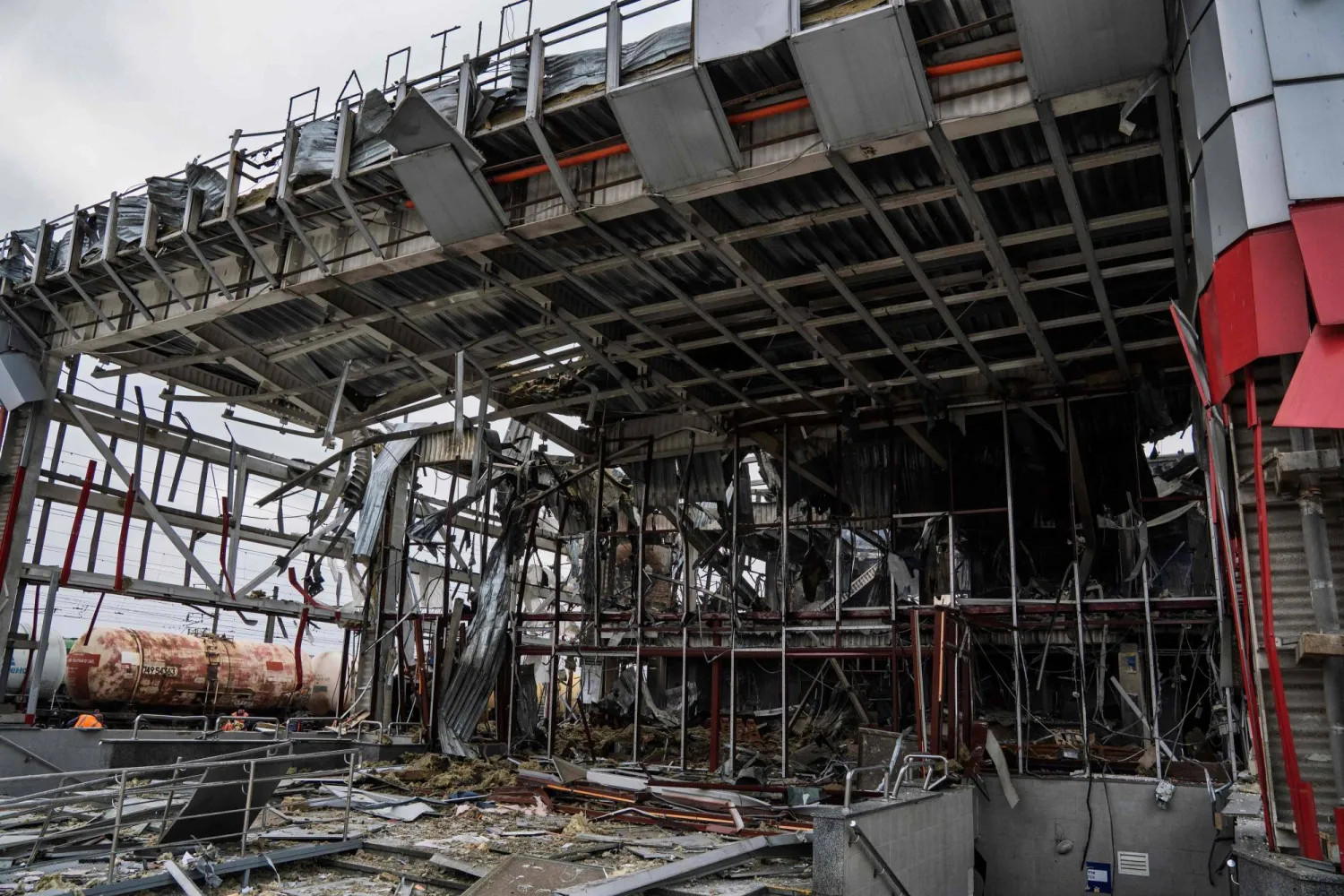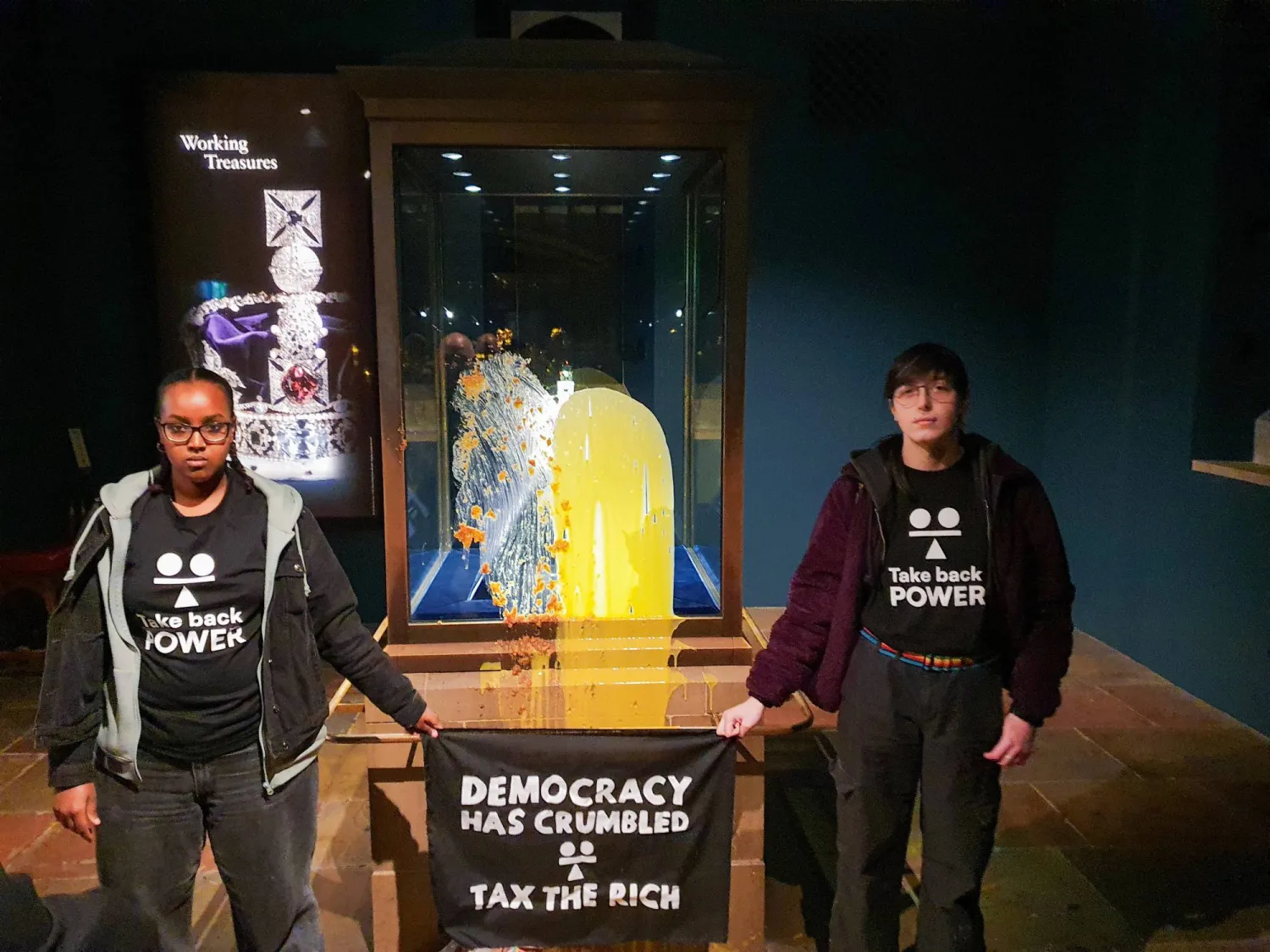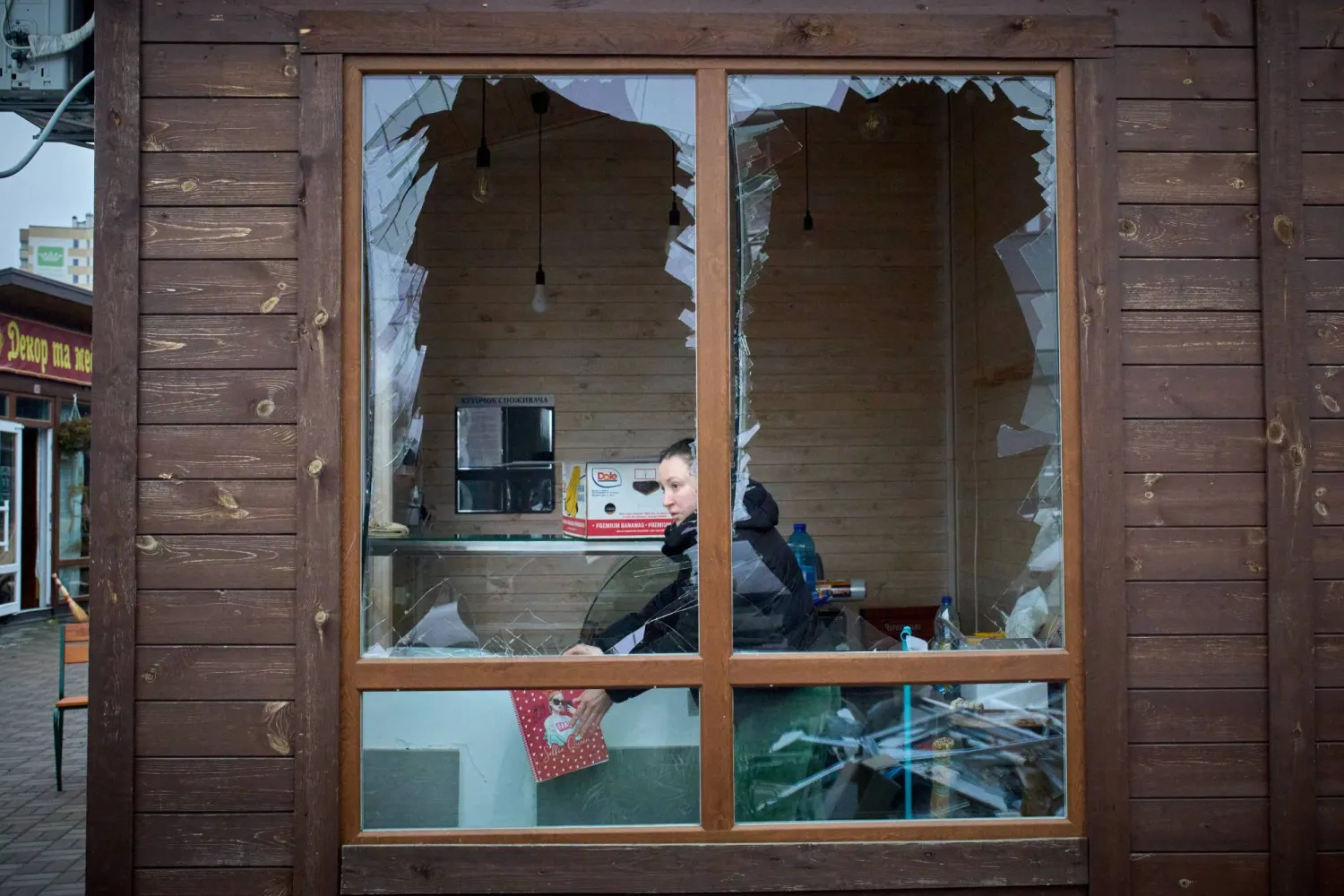Pope Francis was in critical condition Saturday after he suffered a long asthmatic respiratory crisis that required high flows of oxygen, the Vatican said.
The 88-year-old Francis, who has been hospitalized for a week with a complex lung infection, also received blood transfusions after tests showed a condition associated with anemia, the Vatican said in a late update.
“The Holy Father continues to be alert and spent the day in an armchair although in more pain than yesterday. At the moment the prognosis is reserved,” the statement said.
Earlier, doctors said that Francis was battling pneumonia and a complex respiratory infection that doctors say remains touch-and-go and will keep him hospitalized for at least another week.
The Vatican carried on with its Holy Year celebrations without the pope on Saturday.
In a brief earlier update on Saturday, Francis slept well overnight.
But doctors have warned that the main threat facing Francis would be the onset of sepsis, a serious infection of the blood that can occur as a complication of pneumonia. As of Friday, there was no evidence of any sepsis, and Francis was responding to the various drugs he is taking, the pope’s medical team said in their first in-depth update on the pope’s condition.
“He is not out of danger,” said his personal physician, Dr. Luigi Carbone. “So like all fragile patients I say they are always on the golden scale: In other words, it takes very little to become unbalanced.”
Francis, who has chronic lung disease, was admitted to Gemelli hospital on Feb. 14 after a weeklong bout of bronchitis worsened.
Doctors first diagnosed the complex viral, bacterial and fungal respiratory tract infection and then the onset of pneumonia in both lungs. They prescribed “absolute rest” and a combination of cortisone and antibiotics, along with supplemental oxygen when he needs it.
Carbone, who along with Francis' personal nurse Massimiliano Strappetti organized care for him at the Vatican, acknowledged he had insisted on staying at the Vatican to work, even after he was sick, “because of institutional and private commitments.”
He was cared for by a cardiologist and infectious specialist in addition to his personal medical team before being hospitalized.
Dr. Sergio Alfieri, the head of medicine and surgery at Rome’s Gemelli hospital, said the biggest threat facing Francis was that some of the germs that are currently located in his respiratory system pass into the bloodstream, causing sepsis. Sepsis can lead to organ failure and death.
“Sepsis, with his respiratory problems and his age, would be really difficult to get out of,” Alfieri told a news conference Friday at Gemelli. “This is the real risk in these cases: that these germs pass to the bloodstream.”
“He knows he's in danger,” Alfieri added. “And he told us to relay that.”
Deacons, meanwhile, were gathering at the Vatican for their special Jubilee weekend. Francis got sick at the start of the Vatican’s Holy Year, the once-every-quarter-century celebration of Catholicism. This weekend, Francis was supposed to have celebrated deacons, a ministry in the church that precedes ordination to the priesthood.
In his place, the Holy Year organizer will celebrate Sunday’s Mass, the Vatican said. And for the second weekend in a row, Francis was expected to skip his traditional Sunday noon blessing, which he could have delivered from Gemelli if he were up to it.
“Look, even though he's not (physically) here, we know he's here,” said Luis Arnaldo Lopez Quirindongo, a deacon from Ponce, Puerto Rico who was at the Vatican on Saturday for the Jubilee celebration. “He's recovering, but he's in our hearts and is accompanying us because our prayers and his go together.”
Beyond that, doctors have said Francis' recovery will take time and that regardless he will still have to live with his chronic respiratory problems back at the Vatican.
“He has to get over this infection and we all hope he gets over it,” said Alfieri. “But the fact is, all doors are open.”









